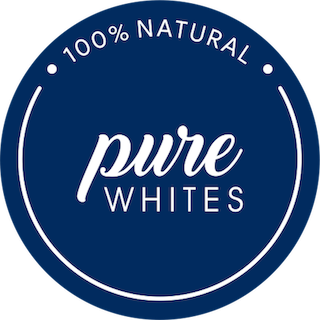When it comes to ghee, most people focus on purity and taste—but there’s another equally important quality: texture. Some jars of ghee are solid and grainy (danedar), others smooth and creamy, and some appear semi-liquid or runny. This often leads to confusion—Is one better than the other? Does texture indicate quality or purity? Let’s clear the air.
At Pure Whites, we believe in educating our customers about the nuances of authentic A2 Ghee, so you can better appreciate what goes into every spoonful. Here's what you need to know about ghee textures and what they mean.
What Determines the Texture of Ghee?
The texture of ghee is influenced by a few natural factors:
- Cooling process after preparation
- Climate and room temperature
- Fat composition of the milk
- Storage method (glass vs. plastic, airtight vs. open lid)
Ghee does not have a universally “correct” texture—it varies by season, batch, and technique.
Danedar Ghee: The Granular Gold
This is the most traditional and revered texture of ghee in India.
- Formed when ghee is slowly cooled after preparation.
- Indicates minimal processing and retention of natural fat crystals.
- Loved for its rich mouthfeel and grainy structure.
✅ Is it good? Yes, danedar ghee is often considered the sign of authentic bilona ghee and traditional preparation. Its formation requires slow, patient cooling—a sign that the ghee hasn't been rushed or overly handled, preserving its natural grain structure and rich flavor.
Creamy or Smooth Ghee: Soft & Spreadable
- This texture forms when ghee is cooled quickly or whisked post-cooking.
- It appears like butter and is soft to touch.
- Easier to scoop and spread, making it great for cooking or direct consumption.
✅ Is it good? Absolutely. While not as granular as danedar ghee, creamy ghee still retains purity—it just reflects a slightly quicker or more uniform cooling process.
Runny or Semi-Liquid Ghee: Temperature Plays a Role
- If your ghee appears runny, especially during warmer months, don’t worry.
- Ghee melts at around 25–28°C, so it may liquefy during summer or in hot kitchens.
- This is a completely natural behavior of good-quality ghee.

